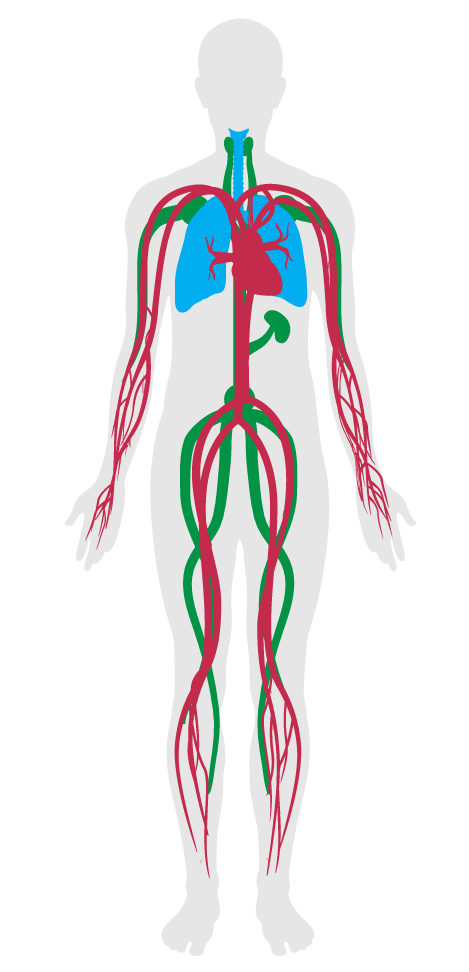Advanced air purification
Advanced air purification
Intent:
To improve recirculated indoor air quality through the implementation of advanced air purification strategies.
BACKGROUND
Some circumstances justify greater investment in air purification strategies. For example, proximity to highly traveled roads, manufacturing plants and seasonal variation can affect outdoor air quality, increasing ozone and VOC content, and in turn diminishing indoor air quality. Similarly, climates with high humidity levels and inadequate indoor ventilation can foster the development of mold and spores in indoor environments.
To reduce VOCs in the indoor air, buildings which recirculate air use one of the following methods:
a.
Activated carbon filters or combination particulate/carbon filters in the main air ducts to filter recirculated air. Replacement is required as recommended by the manufacturer.
b.
A standalone air purifier with a carbon filter used in all regularly occupied spaces. Purifiers must be sized appropriately to the spaces they are serving. Filter replacement is required as recommended by the manufacturer.
Spaces with more than 10 regular occupants, within buildings that recirculate air, use one of the following treatments or technologies to treat the recirculated air, either integrated within the central ventilation system or as a standalone device:
a.15
Ultraviolet germicidal irradiation.
b.15
Photocatalytic oxidation.
As evidence that the selected filtration/sanitation system chosen continues to be fully operational, projects must annually provide IWBI with:
a.
Records of air filtration/sanitization maintenance, including evidence that the filter and/or sanitizer has been properly maintained as per the manufacturer's recommendations.

